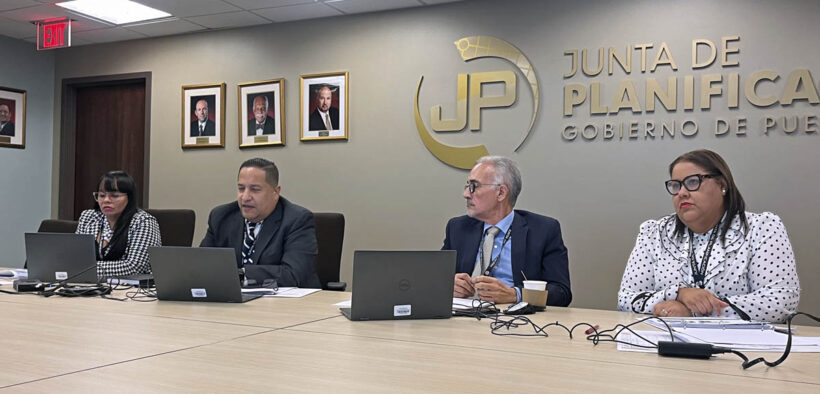Puerto Rico forecast sees slower but steady growth

Puerto Rico’s economy is expected to maintain positive growth through fiscal 2026 and 2027, even as it enters a period of moderate slowing, according to new projections from the island’s Planning Board.
The outlook builds on an estimated 0.4% expansion in fiscal 2025, supported by steady visitor spending, construction activity and efforts to diversify the island’s economic base.
The agency evaluated three scenarios. Its base, or conservative, projection anticipates growth of 0.4% in 2026 and 0.3% in 2027. An optimistic scenario forecasts stronger expansion driven by infrastructure development and a rebound in tourism, while the least favorable scenario reflects the possibility of external shocks.
Planning Board President Héctor Morales-Martínez said the projections were produced through econometric modeling based on national and international datasets.
“Our duty is to offer a realistic, transparent and evidence-based analysis,” he said. “Puerto Rico’s economy continues to show signs of resilience, even in a volatile global environment and in the face of reduced federal funding. Projections suggest that although we are experiencing a slowdown, growth remains in positive territory under the base scenario.”
Alejandro Díaz-Marrero, director of the Planning Board’s Economic and Social Planning Program, said the agency uses the Dynamic Econometric Model of the Puerto Rico Economy, which incorporates uncertainty bands and variables that include U.S. performance, oil prices, interest rates, investment, federal transfers, exports, consumer spending, visitor expenditures, demographic trends and global conditions.
Three economic paths
Under the base scenario, the board attributes the modest expansion to a cyclical slowing as post-disaster funding winds down and public spending normalizes.
“The baseline scenario confirms that, even with fewer federal funds and a tighter fiscal environment, tourism and construction have kept the economy moving,” Díaz-Marrero said. “Puerto Rico retains its capacity for recovery, though at a moderate pace.”
The optimistic scenario forecasts growth of 2.3% in 2026 and 1% in 2027, contingent on efficient execution of infrastructure projects, stronger investment, a rebound in tourism and increased private consumption in sectors such as finance and trade.
The least favorable scenario projects declines of 1.6% in 2026 and 0.5% in 2027, assuming delays in public investment, reduced disposable income among U.S. households, higher energy and financing costs, extreme weather events and geopolitical disruptions.
The Planning Board described Puerto Rico as entering a mature phase of its economic cycle, with limited room for faster expansion. Even so, tourism continues to serve as a stabilizing force through visitor arrivals, cultural and sporting events and growth in lodging options.
Construction remains a key contributor, supported by public infrastructure projects, post-disaster reconstruction and private development.
Diversification efforts and a government push to encourage reshoring have also helped sustain economic activity. Executive Order 2025-012 and recent permitting reforms have spurred new interest among manufacturing firms.
Miriam García-Velázquez, director of the Social Analysis, Models and Projections Subprogram, cautioned that external factors could shift the forecast.
“Our role is to anticipate possible scenarios, identify risks and provide accurate information for public and private decision-making,” she said. “Puerto Rico has a resilient economy and strategic sectors that continue to provide stability.”
Morales-Martínez said the board will continue monitoring monthly indicators, oil prices, geopolitical developments, interest rates and foreign trade.
“Our commitment is to offer economic analysis and accurate projections that allow the country to prepare and make informed decisions,” he said.






